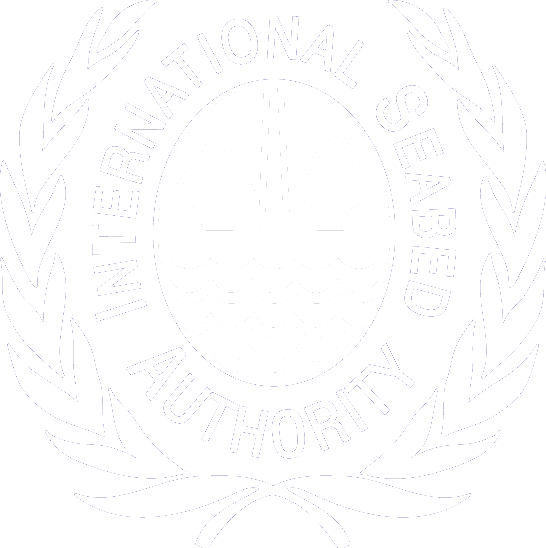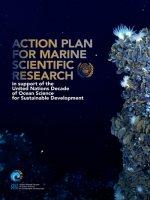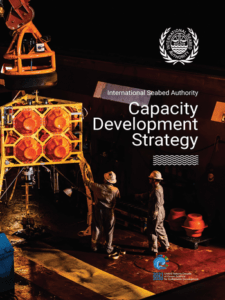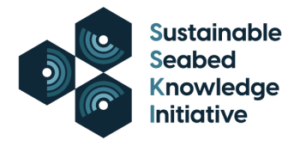ISA-Ifremer postdoctoral fellowship in deep-sea taxonomy
In cooperation with the Institut français de recherche pour l’exploitation de la mer (Ifremer) and with the financial support of the Government of France, the Secretariat of ISA has established a deep-sea taxonomy postdoctoral fellowship for candidates from developing States Members of ISA.
This initiative contributes to the implementation of the ISA Action plan for marine scientific research in support of the United Nations Decade of Ocean Science. It contributes to advancing global knowledge of deep-sea biodiversity and further enable standardized innovative approaches for deep-sea biodiversity assessments. The initiative also contributes to strengthening the deep-sea capacity of developing Member States, including building the scientific skills (e.g., taxonomic identification) useful for conducting biodiversity assessments in the deep sea but also in marine coastal environments within national jurisdictions.
2022-2024 ISA-Ifremer fellow
Dr. Ranju Radhakrishnan (India) was selected as the first ISA-Ifremer fellow and started her 18-month fellowship in September 2022, focusing on developing and testing new methods and technologies for deep-sea species identification. The fellowship is part of the Ifremer Blue Revolution project. It involves work on developing and testing three-dimensional imaging techniques to identify meiofauna organisms of deep-sea ecosystems found in areas currently explored for mineral resources. The fellowship will also contribute to identifying key species that can be used as indicators for assessing potential environmental changes in the future.
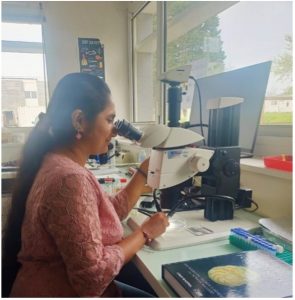 Preliminary results of Dr. Radhakrishnan’s postdoctoral work as of June 2023
Preliminary results of Dr. Radhakrishnan’s postdoctoral work as of June 2023
Dr. Ranju Radhakrishnan’s postdoctoral work focuses on the identification of benthic foraminifera. Foraminifera are protozoans that live in sediments. They are very diverse and are well represented in deep-sea sediment communities. In abyssal plains, where polymetallic nodules are found, foraminifera represent 50 per cent of the meiofaunal and macrofaunal abundance and biomass, making them ideal markers to monitor environmental changes in deep seafloor ecosystems, especially in areas explored for mineral resources.
Looking for signs of environmental disturbance
In 2021, ISA contractor GSR conducted a trial of its prototype nodule collector Patania II in its contract area in the CCZ. Its exploration cruises MANGAN 2021 and MANGAN 2022 subsequently collected sediment samples in areas potentially disturbed by the passage of Patania II.
Dr. Radhakrishna has analyzed 14 samples from the MANGAN 2021 cruise and is planning to analyze more samples obtained during the MANGAN 2022 cruise. She is looking at the occurrence and diversity of benthic foraminifera in the sediment to compare with samples collected in the same areas before the Patania II trial. Preliminary results of her analysis do not show a significant difference in foraminifera abundance and diversity in samples pre- and post-disturbance.
Calibrating a new methodology for automated image acquisition and species identification
Dr. Radhakrishnan is also testing the accuracy of species identification based on automated image acquisition. Using sediment samples from the Roscoff Bay Area in France that are particularly rich in live specimens of foraminifera, Dr. Radhakrishnan has been comparing the results of machine-based identification of specimens with taxonomical observations by humans. Her work will allow to further calibrate the methodology to increase the accuracy of automated image acquisition and species identification.
Next steps
Dr. Radhakrishnan is expected to complete her fellowship in March 2024. By then, she will have produced a manuscript on the automated image acquisition methodology and a manuscript on the potential impact of mining activities on foraminifera. Dr. Radhakrishnan is also hoping she will be able to describe several new species of monothalamids, a type of foraminifera.
Dr. Radhakrishnan visited ISA headquarters in Kingston recently and we took the opportunity to sit down with her to find out more about her taxonomic postdoctoral research as she is now mid-way through.
During the conversation, she speaks more about 3D image technologies and taxonomy along with her personal ambitions and future contributions to marine science.
Press play to find out how she answers these questions.
1. How did you become a marine scientific researcher? What was your inspiration?
2. What, in your view, will be the true impact of your post-doctoral research?
3. What technologies are supporting your work, and how is that technology revolutionising marine science research?
4. How will your research support the ISA/SSKI mission of identifying and describing 1000 deep-sea species new to science?
5. What is your marine scientific research dream? What do you want to discover / uncover for biodiversity and humankind?
